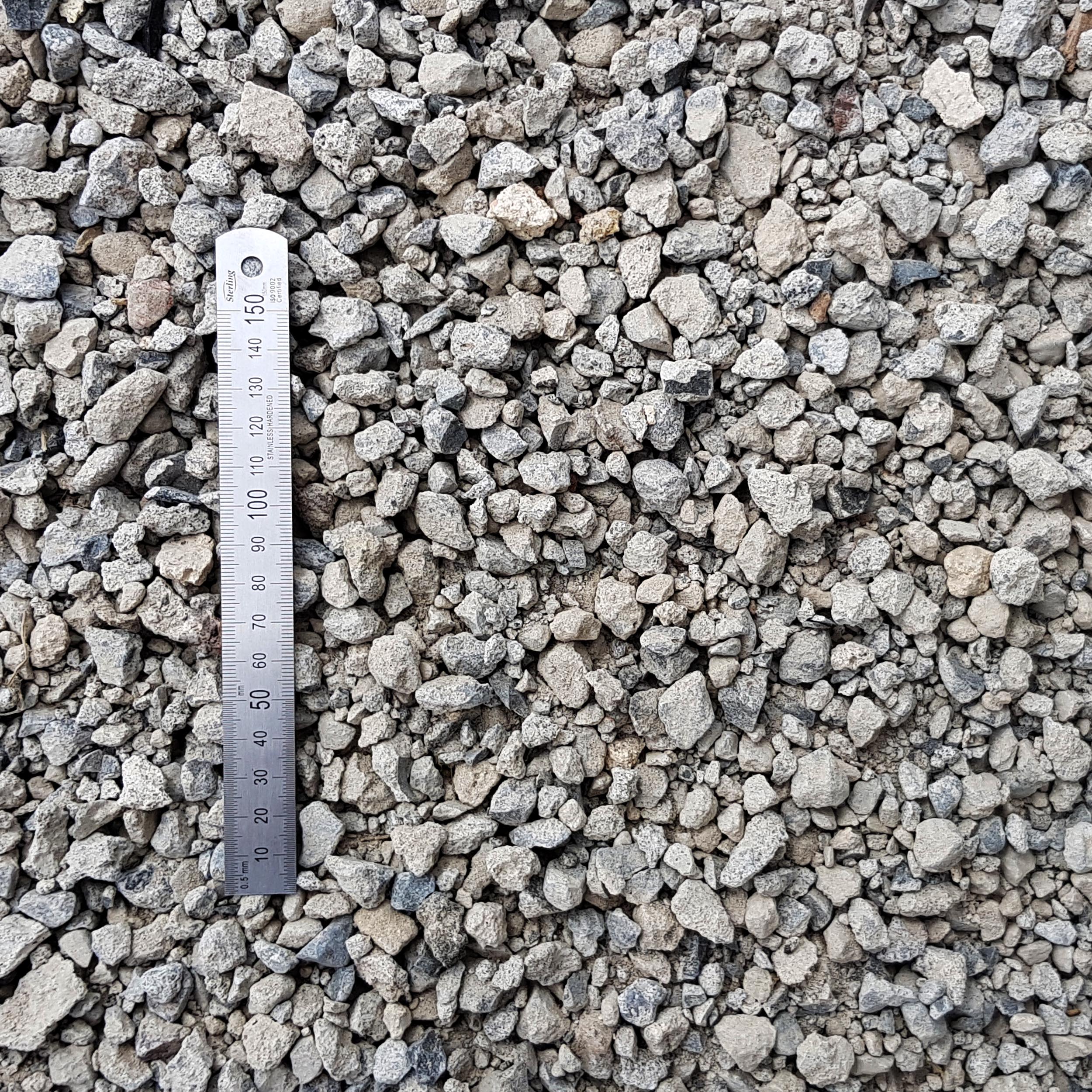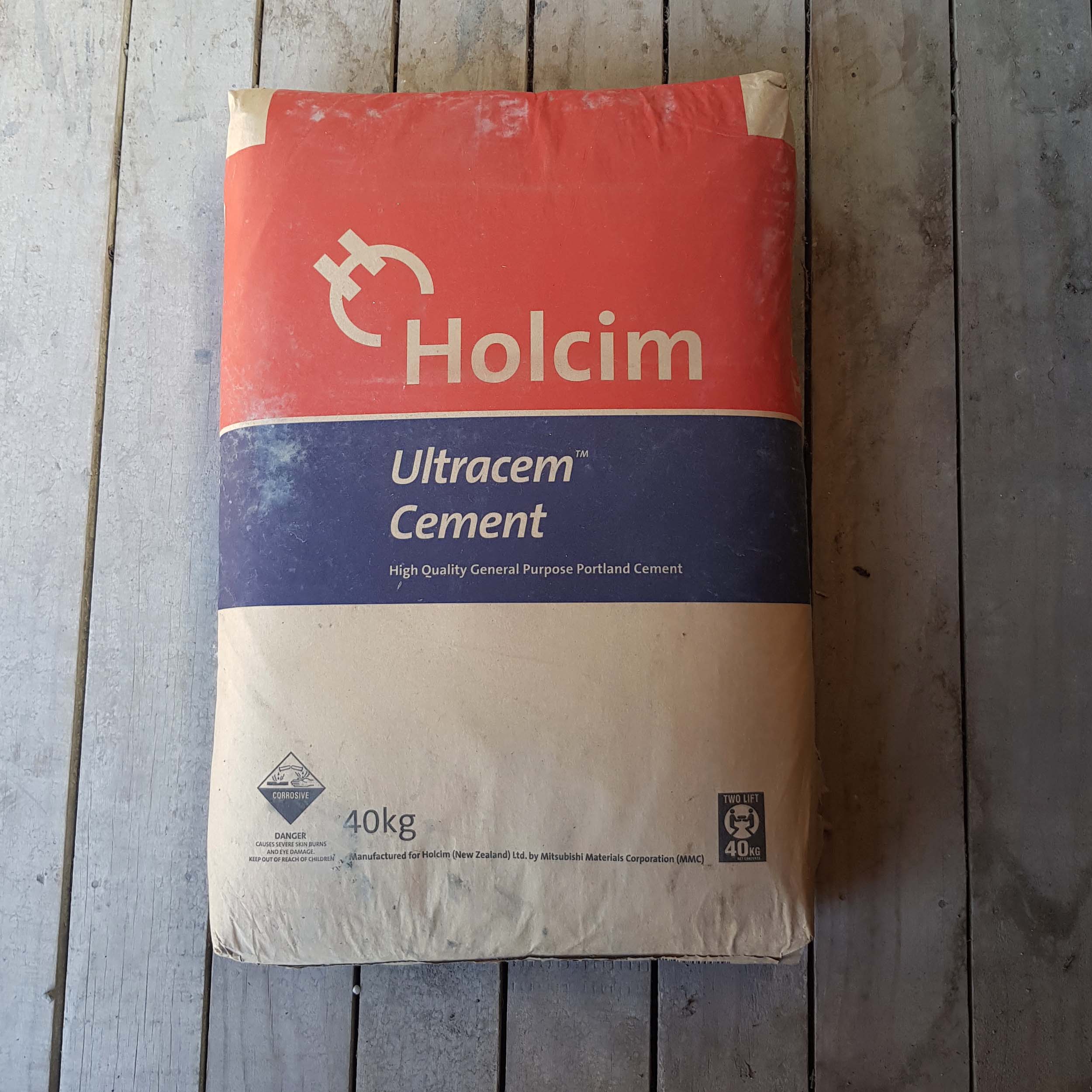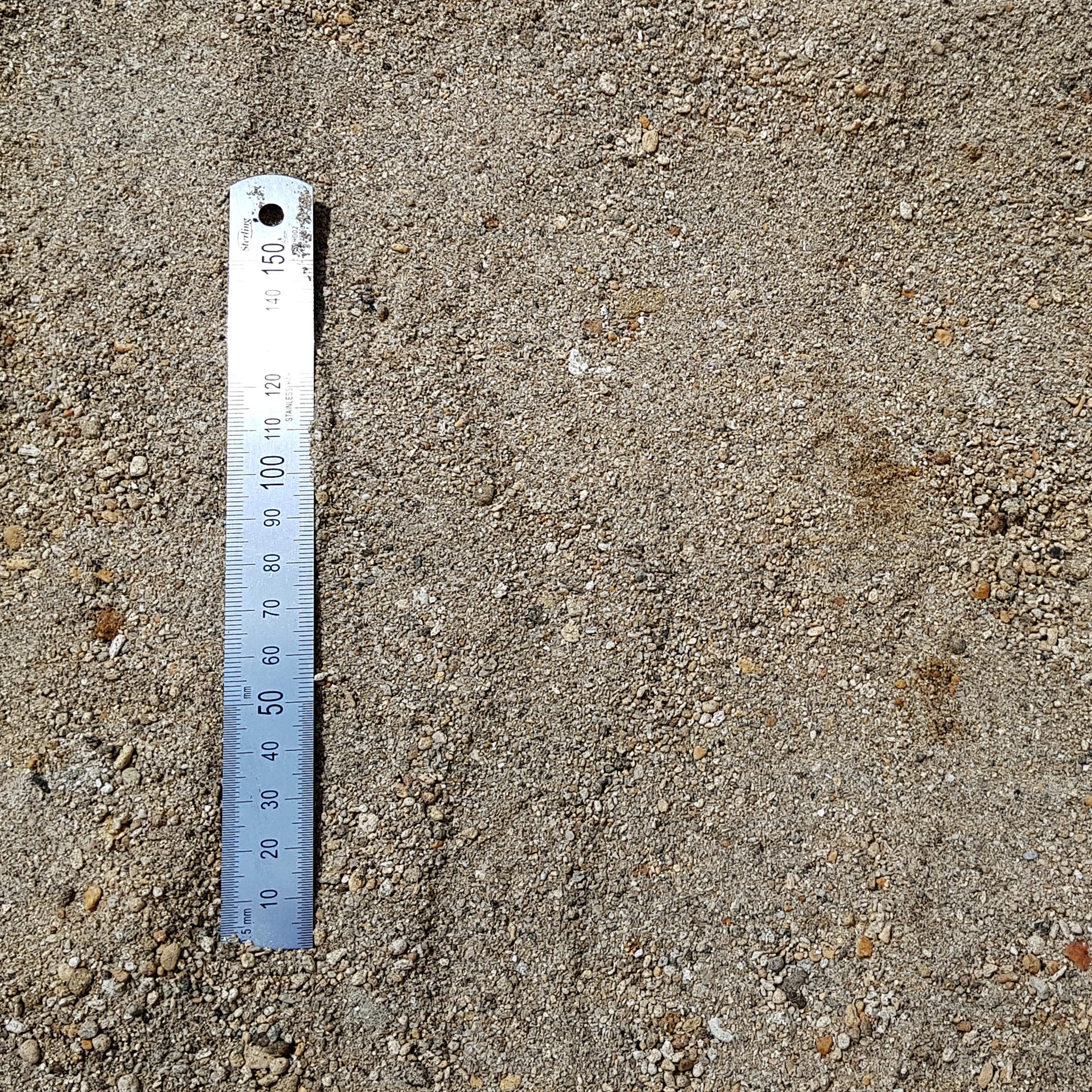Doing that concrete job yourself
There are often times when we need to complete a few concrete jobs around the home. We have done our fair share of concreting over the years, including concreting our bays in the Complete Landscapes yard to ensure our products stay uncontaminated.
Here are some tips on how to ace these DIY concreting jobs.
KNOW YOUR LIMITS
If you are not an expert, have limited tools, or are wanting a larger pad done that has to look good, we would advise getting the experts in. Concrete is a great product to work with when it is wet but once dry, if you are not happy, there is nothing you can do.
A Guide to CONCRETE RATINGS
If you were to get a batch of cement made up by a concrete company they will ask you what strength you are looking for. Even if you are mixing the concrete yourself, it’s worth having an idea of what these ratings mean, how you should mix your cement, and aggregates to approximate the strengths you are after.
Concrete grades are typically the following:
The grade M10 ,M15, M20 are termed as ordinary concrete.
The grade M25, M30, M35, M40, M45, M50 and M55 are termed as standard concrete.
The grades M60, M65, M70, M75 and M80 are termed as high strength concrete.
The letter M refers to the concrete mix and the number refers to the specified characteristic strength of concrete at 28 days, expressed in MPa (megapascals).
For most DIY jobs M15 or M20 is enough.
Builders (concrete) Mix
To achieve the different strengths, cement is added to sand and aggregate and then mixed with water. The higher the amount of cement used relative to sand and aggregate, the stronger the grade of concrete. 
We sell two types of builders mix so you do not need to mix the aggregate and sand.
Builders Mix: This is lower quality and more affordable, made entirely of broken concrete pieces, concrete dust, and sand. It’s great for pot holes and below ground work, where the finish is not important
Builders Mix Gap 20: This is a higher quality product, containing 20 mm blue chip, blue chip fines, as well as concrete fines and sand. It’s preferred for above ground work where you want a better finish.
How much cement do I add to the builders mix?
Our builder mixes have a ratio of approximately one part sand to two parts aggregate. We sell Holcim cement in 40kg bags.
The following are approximate ratios to achieve the grades mentioned above…
Bags of Cement to Builders mix:
M15 = 4 Bags : 1m3 Builders mix
M20= 5 Bags : 1m3 Builders mix.
Always err on a stronger mix, so go for…
Preparation and boxing
Boxing
Don’t forget to prepare the area you are concreting. Put boxing in around the boundaries. This contains the concrete and gives you a level to work from. If you do a poor job on the boxing and preparation, the finished product will be poor or you could waste a lot of concrete - so spend the time getting this right.
Dimensions
Get the dimensions as accurate as you can, especially the depth. How deep you want the concrete to be will depend on what traffic will use it after it’s finished. If you intend to drive vehicles over it, aim for at least 150 mm deep. For foot traffic, go for just 100 mm.
Reinforcement
We’re always a fan of using steel reinforcing, especially for larger areas and areas that will be have heavy traffic. This increases the strength and reduces the amount of cracking. If the concrete is less than 100 mm, it will be difficult to fit the steel in the mix
Getting Base Level
Use some sand or cheap back fill material (we use pit sand) to get the base level. This means you will not waste the concrete if the depth is consistent.
MIXING THE CONCRETE
It is critical that the concrete is mixed well. It is best to use a mixer that you can hire from places like Hirepool. You can also mix it in a wheelbarrow with a shovel.
Step 1: To start, mix the dry cement and builders mix well.
Step 2: Add the water in stages
Step 3: Mix until all the dry material has mixed through.
Step 4: Test to see if the mix is correct. Take a shovel full, turn the shovel upside down, and it should almost stick to the shovel before falling.
some Decent tools to help
Buy (or borrow) yourself a magnesium float (mag float) and a steel trowel.
Mag floats smooth the surface of fresh concrete and opens the pores for proper evaporation. They tend to draw the moisture (sometimes called the “cream”) to the top while smoothing the concrete.
Steel trowels should not be placed on the concrete until all the water has evaporated to the surface. This tool compresses the top layer of the slab, which adds strength to the surface and gives the slab a durable finish. If used too soon, though, a steel trowel closes the pores of the concrete and traps water below the surface, which would more than likely cause the top layer to de-laminate.
If you have large slabs then you may need a bull float with a long handle that you can push across the concrete from the edge.
You will also need something to screed the concrete. For smaller areas you can use a standard spirit level. For larger areas you may want to get your hands on a larger screed (as in the picture) but just ensure it has the spirit level built into it.
Call for help
It’s always helpful to call on a few people to help with the bigger jobs, especially if they have more experience than you.
If you are unsure please pop in and have a chat with us for a few ideas.
GOOD LUCK!
- The Complete Landscapes Team









